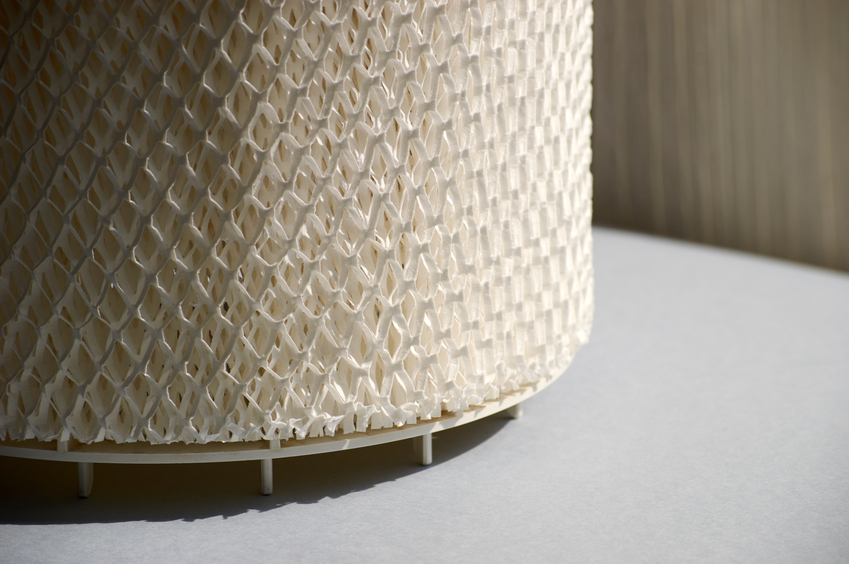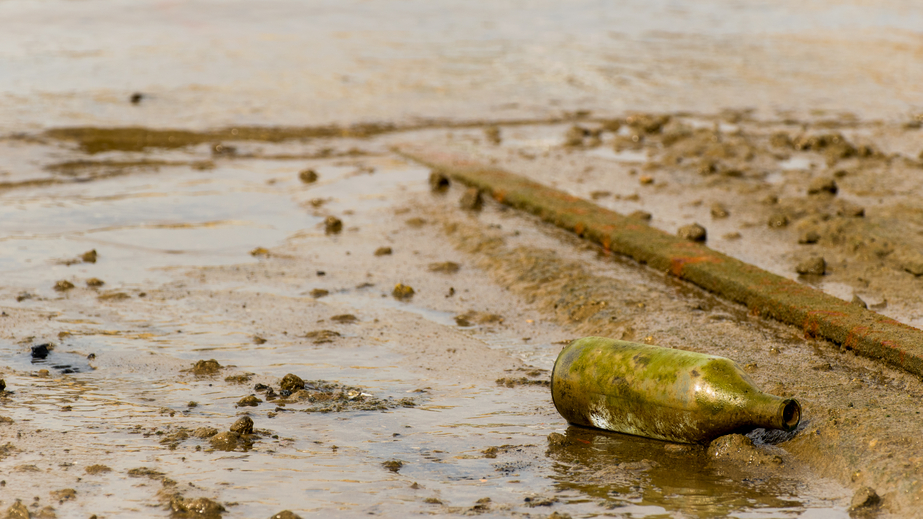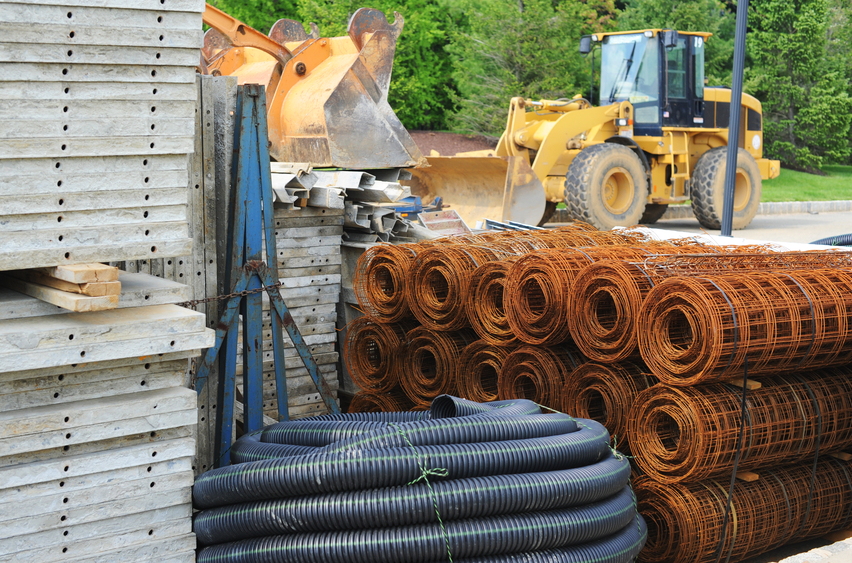Environmental Engineering 12 PDH Discount Package 4
Design and Construction of Radon-Resistant Schools and Other Buildings (C03-011)
Green Remediation: Sustainable Environmental Practices for Remediation of Contaminated Sites (C04-017)
Vapor Barriers Under Concrete Slabs - How to Select and Locate (T01-001)

This online engineering PDH course will provide step-by-step guidance on how to design and build radon-resistant homes. By using a handful of simple building practices and common materials, radon levels in homes can be effectively reduced. A basic radon reduction system can reduce radon levels by an average of 50% and further reductions can be accomplished with a minor upgrade to this system.
Radon is a colorless, odorless, radioactive gas that can be drawn into a building or home and accumulate to high levels. Every building or home has the potential for elevated levels of radon, and this potential depends upon your locality. Reducing the level of radon in homes is important because the risk of developing radon-induced lung cancer increases as your exposure to radon gas increases.
This 4 PDH online course is applicable to engineers and architects who are involved with the design or construction of residential structures.
This PE continuing education course is intended to provide you with the following specific knowledge and skills:
- Understanding how radon is formed
- Understanding of how radon enters a home
- Knowing the action levels for radon in homes
- Awareness of locations throughout the United States where installation of radon reduction systems are recommended
- Designing of passive sub-slab or sub-membrane depressurization systems
- Designing of active sub-slab or sub-membrane depressurization systems
- Selecting the type of system to install based on foundation type
- Understanding the various construction methods for depressurization systems
In this professional engineering CEU course, you will need to review the material contained in "Building Radon Out: A Step-by-Step Guide on How to Build Radon-Resistant Homes, EPA/402-K-01-002, April 2001".
Upon successful completion of the quiz, print your Certificate of Completion instantly. (Note: if you are paying by check or money order, you will be able to print it after we receive your payment.) For your convenience, we will also email it to you. Please note that you can log in to your account at any time to access and print your Certificate of Completion.

This online engineering PDH course provides information and guidelines about radon prevention techniques so that they can be cost-effectively incorporated into schools and other large buildings during the design and construction stages.
Radon is a naturally occurring radioactive gas that can accumulate in varying amounts in enclosed buildings. Our increased understanding of the risks posed by radon indoors has underscored the need for construction techniques that prevent exposure to radon in buildings. It is typically easier and much less expensive to design and construct a new building with radon-resistant and/or easy-to-mitigate features than to add these features after the building is completed and occupied.
This 3 PDH online course is intended for engineers and architects who are involved with the design or construction of schools and other large buildings.
This PE continuing education course is intended to provide you with the following specific knowledge and skills:
- General understanding of radon
- Review of current construction methods for radon prevention
- Guidelines for designing and installing active soil depressurization systems
- Guidelines for designing and installing sub-membrane depressurization systems
- Testing methods to determine effectiveness of depressurization systems
- Design recommendations for HVAC systems
- Sealing radon entry routes
In this professional engineering CEU course, you will need to review the material contained in "Radon Prevention in the Design and Construction of Schools and Other Large Buildings, EPA/625/R-92/016, June 1994".
Upon successful completion of the quiz, print your Certificate of Completion instantly. (Note: if you are paying by check or money order, you will be able to print it after we receive your payment.) For your convenience, we will also email it to you. Please note that you can log in to your account at any time to access and print your Certificate of Completion.

This online engineering PDH course presents sustainable practices to minimize air emissions, energy consumption, land impact, water resources and material consumption.
The practice of "green remediation" uses innovative cleanup strategies to consider all environmental effects of remedy implementation for contaminated sites and incorporates options to maximize the net environmental benefit of cleanup actions and reducing project costs.
This 4 PDH online course is applicable to engineers involved with the investigation, design, construction, operation, and monitoring phases of site remediation regardless of the selected cleanup remedy.
This PE continuing education course is intended to provide you with the following specific knowledge and skills:
- Understanding of green remediation practices and objectives
- Considerations and methods to reduce air emissions
- Considerations and methods to reduce energy consumption
- Considerations and methods to minimize water resources
- Considerations and methods to reduce impacts on land and ecosystems
- Considerations and methods to minimize material consumption and waste generation
- Best management practices for long-term stewardship actions
In this professional engineering CEU course, you will need to review the USEPA Publication "Green Remediation: Incorporating Sustainable Environmental Practices into Remediation of Contaminated Sites", EPA 542-R-08-002, April 2008. For additional information related to this subject, please visit: EPA - Green Remediation Focus (http://www.clu-in.org/greenremediation).
Upon successful completion of the quiz, print your Certificate of Completion instantly. (Note: if you are paying by check or money order, you will be able to print it after we receive your payment.) For your convenience, we will also email it to you. Please note that you can log in to your account at any time to access and print your Certificate of Completion.

This online engineering PDH course provides guidelines on how to properly select and locate a vapor barrier and how a vapor barrier can help earn LEED credits for building design.
A vapor barrier is one of the most critical building components used to prevent indoor air quality issues and minimize moisture-related concrete slab and flooring system failures. Proper selection of a vapor barrier based upon the criteria of low permeance, high tensile strength, high puncture resistance, and chemical resistance will ensure that the vapor barrier not only performs as an effective barrier to moisture and other vapors, but will also maintain its physical integrity during the placement of the concrete slab.
This 1 PDH online course is intended for engineers and architects who are involved with the design of waterproofing/vapor barriers for building construction.
This PE continuing education course is intended to provide you with the following specific knowledge and skills:
- How to properly select a vapor barrier
- How to properly locate a vapor barrier, either directly below a concrete slab or under a granular base and concrete slab
- How to prepare a specification for a vapor barrier
- How to earn LEED credits for including a vapor barrier in the building design
In this professional engineering CEU course, you will need to review the course document titled: "Vapor Barriers under Concrete Slabs - How to Select and Locate".
Upon successful completion of the quiz, print your Certificate of Completion instantly. (Note: if you are paying by check or money order, you will be able to print it after we receive your payment.) For your convenience, we will also email it to you. Please note that you can log in to your account at any time to access and print your Certificate of Completion.